How Much Is a Speed Sensor for a Car
(Updated on March 22, 2021)
On modern fuel injected engines, there are many sensors that work together to tell the engine or transmission computer the state of the world. The computer needs to know how fast the wheels are turning, how fast the engine is spinning, and make sure that all monitored parameters remain within specifications.
A "speed sensor" could refer to many different types of sensors. Some cars have wheel speed sensors, most cars have engine and transmission speed sensors, and some have all of the above.
Keep reading to learn about the various speed sensors, symptoms of a malfunction, and their replacement cost.
What is an Engine Speed Sensor?
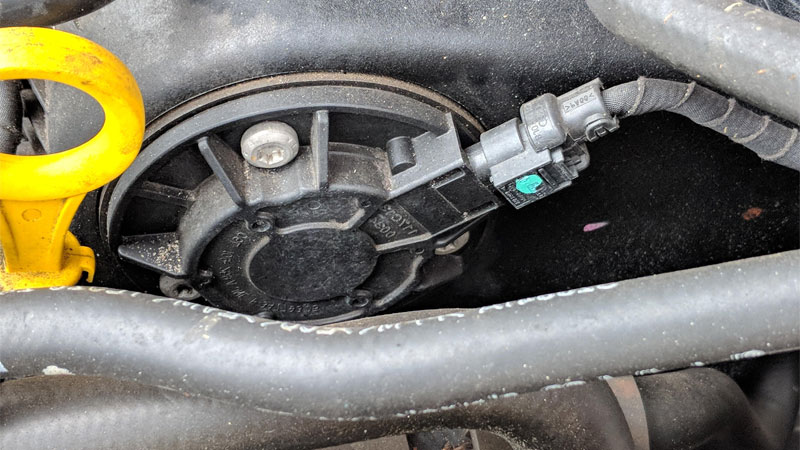
There are many different types of engine speed sensors, but they all achieve the same goal: letting the ECU know where the crankshaft and camshaft(s) are at all times.
An engine speed sensor may also be referred to as the crankshaft position sensor, the camshaft position sensor, the crankshaft/camshaft angle sensor (CAS), or the engine position sensor.
The timing of the engine is critical for proper combustion. The ECU needs to know precisely when to inject fuel, open the valves, and ignite the air fuel mixture for optimal combustion. If this process isn't synchronized perfectly, the engine will run poorly, if it runs at all.
Depending on the engine implementation, your car may have a separate sensor for the crankshaft position and camshaft position, or just one sensor to perform both jobs.
Crankshaft Position Sensor Types
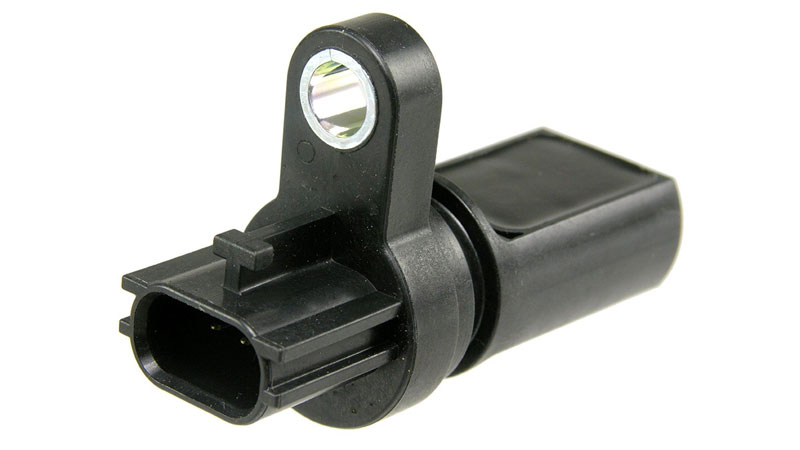
There are several common types of crankshaft position sensors. These sensors typically use an electromagnetic or optical sensor that does not require contact between moving parts. Without contact between moving parts, these sensors usually have a long life, because they are not subjected to wear.
Variable Reluctance Sensor
Variable Reluctance sensors, also called variable reluctor, VR, or magnetic sensors, are similar to pickups you might find in an electric guitar or bass. They use a magnet with a coil of wire wrapped around it.
Variable reluctance sensors output a voltage when a ferrous metal on a toothed trigger wheel passes by the sensor, creating a current on the coil of wire inside the sensor. These sensors produce a sine wave signal as the metal approaches the coil, then moves away.
Hall Effect Sensor

A Hall Effect sensor (sometimes called a Hall sensor) is also magnetic. The main difference between a Hall Effect sensor and a variable reluctance sensor is that a Hall Effect sensor is digital, where the VR sensor is analog. This means it produces a square wave and can detect metal in front of the sensor, even when that metal isn't moving.
The crankshaft angle sensor (CAS) on early 1.8L Mazda Miatas is a good example of a Hall Effect sensor. This sensor performed double duty; since early Miatas lacked variable valve timing, this one sensor could tell the ECU where both the crankshaft and camshaft were at any given time.
Optical Sensor
An optical sensor uses light that shines through a spinning disk to determine speed. Like the Hall Effect sensor, an optical sensor also produces a square waveform.
First generation 1.6L Miatas used an optical CAS sensor instead of a Hall Effect sensor.
What is a Transmission Speed Sensor?
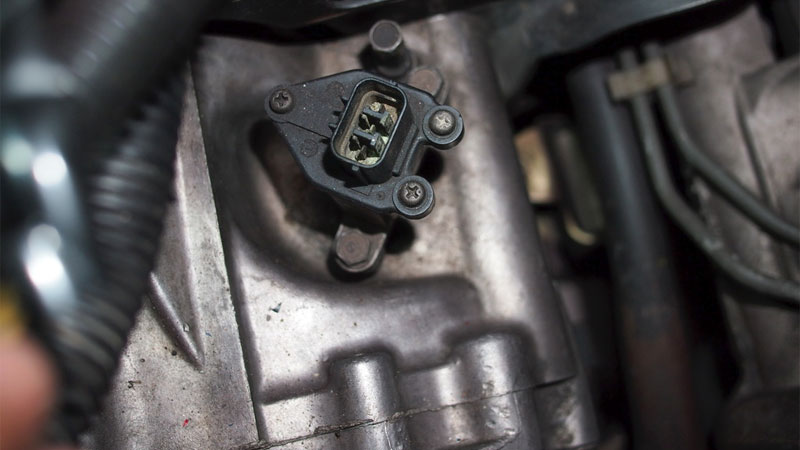
The transmission speed sensor talks to the ECU or TCU to help an automatic transmission know which gear it should be in. There are two main types of transmission speed sensors: the input shaft speed sensor and output shaft speed sensor.
Input Shaft Speed Sensor
An input shaft speed sensor measures the speed of the input shaft and torque converter, which matches the speed of the engine.
Output Shaft Speed Sensor
The output shaft speed sensor monitors the speed at the back of the transmission, after the transmission's gear ratio has already been applied. This may be used by the speedometer or odometer to determine a vehicle's ground speed.
What is a Wheel Speed Sensor?
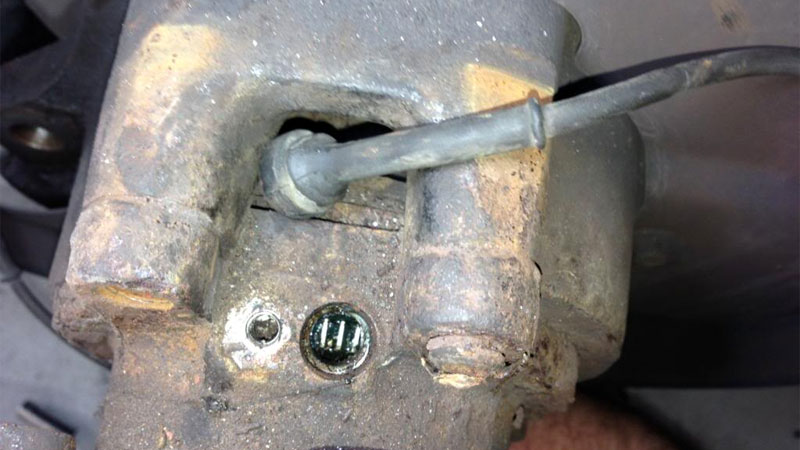
Wheel speed sensors may perform several jobs, including ABS function, traction control, stability control, ground speed (your speedometer and odometer), and tire pressure monitoring.
The ECU monitors all wheel speed sensors at the same time. If the ECU notices a difference in one or more wheel speed sensors, it can use this data to determine what's going on in the environment.
Some vehicles are programmed to respond defensively to this data. For instance, most modern cars will brake a wheel that is spinning much faster than the other wheels, because it's obvious to the computer that the fast spinning wheel lacks the necessary traction to propel the vehicle forward.
Modern traction control systems are very similar to traditional limited slip differentials, increasing the amount of torque that can be applied to the other wheel(s) on the other side of an open differential.
Some wheel speed sensors are built into the hub assembly, while others are standalone sensors that are easier to change.
Bad Engine Speed Sensor Symptoms
1) Startup Problems
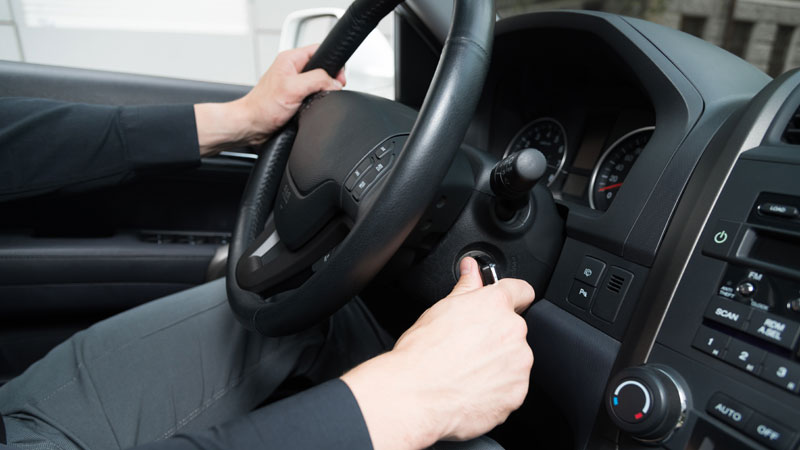
Engine speed sensors are often a critical component of a vehicle's timing. If the ECU doesn't know the position of the crankshaft or camshafts, it won't know when to fire the spark plugs.
A bad crankshaft or camshaft position sensor may prevent the car from starting.
2) Check Engine Light
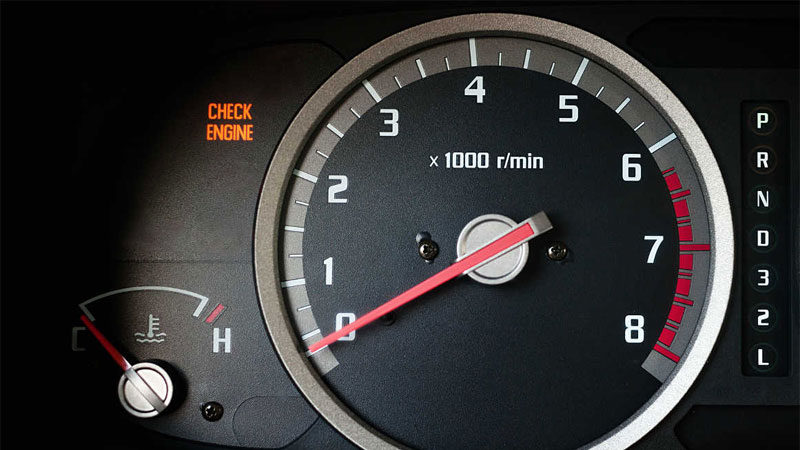
Some vehicles have redundant sensors that allow the vehicle to start and run even if one speed sensor is bad. In these cases, you are likely to see a check engine light with a code that should give you a clue which speed sensor is faulty.
Check engine lights can be read for free at most automotive parts stores, but you can also find an inexpensive code scanner to use at home if you wish.
Bad Transmission Speed Sensor Symptoms
1) Broken Speedometer or Odometer
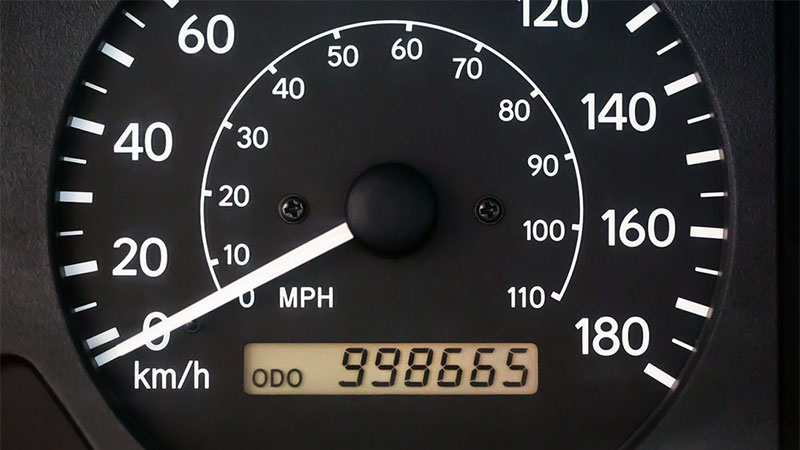
Many speedometers are powered by speed sensor connected to the transmission. If this speed sensor fails, your speedometer may not work. Some odometers use the same sensor as the speedometer, and may cease to function as well.
2) Slow or Harsh Shifting
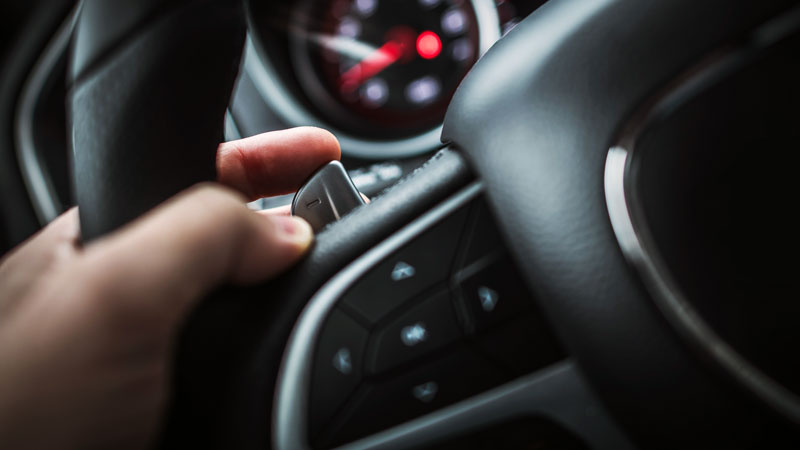
Without a speed sensor, the transmission control unit (TCU) may have a hard time knowing when or how quickly to shift gears. You may experience rough shifting, or no shifts at all.
3) No Cruise Control
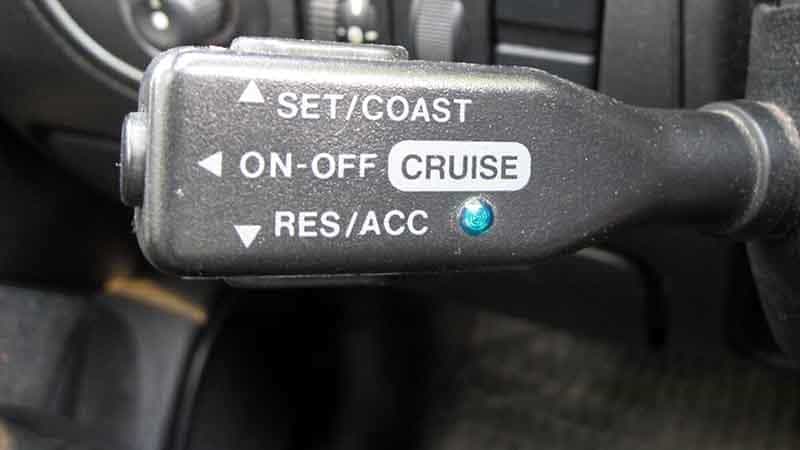
Cruise control relies on the knowledge of a vehicle's speed to function correctly. If a speed sensor fails, you may not have cruise control available until the sensor is fixed.
Bad Wheel Speed Sensor Symptoms
1) ABS Light

On vehicles with ABS, a bad wheel speed sensor will trigger an ABS light. Most ABS systems cannot function properly without a good signal from all four wheel speed sensors.
If you see the ABS light illuminated, don't expect your ABS system to help you out if you need to brake hard. It's best to address this issue right away so you can retain full control over the vehicle under heavy braking.
2) Traction or Stability Control Light
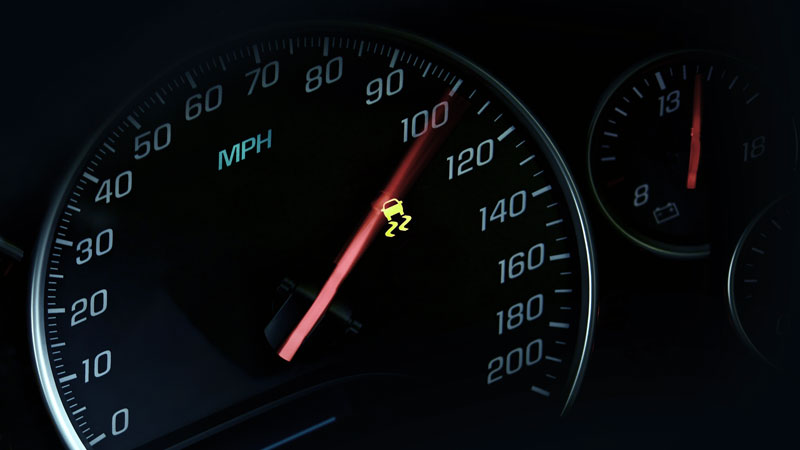
In addition to the ABS light, you may also see traction and stability control lights illuminate. Without good information from each wheel, the ECU may not have enough data to know the relative speed between the driven wheels.
Speed Sensor Replacement Cost
Looking for Replacement Parts?
We recommend Parts Geek for the best prices and selection.
Engine and Transmission Speed Sensors
Engine and transmission speed sensors vary in cost depending on the type of sensor. A crankshaft or camshaft position sensor could cost anywhere from $15 to $250. Aftermarket parts tend to be cheaper. Transmission speed sensors tend to cost around the same.
Labor varies depending on the engine type, as some sensors are more accessible than others. If your mechanic needs to drop the transmission to replace a transmission sensor, you're looking at bill around $800-1,000.
Wheel Speed Sensors
Wheel speed sensors are generally pretty accessible and easy to replace. These sensors can be purchased relatively inexpensively, between $15 and $150 for the part alone. Fortunately, most vehicles tend to fall toward the lower end of that scale.
If the ABS sensor is integrated with the hub assembly, expect to pay a bit more, both for the entire hub assembly and the installation labor. A hub assembly will cost about $200, and the labor should run you about $200.
How Much Is a Speed Sensor for a Car
Source: https://oards.com/symptoms-of-a-bad-speed-sensor/

0 Response to "How Much Is a Speed Sensor for a Car"
Post a Comment